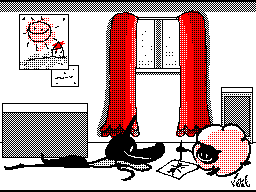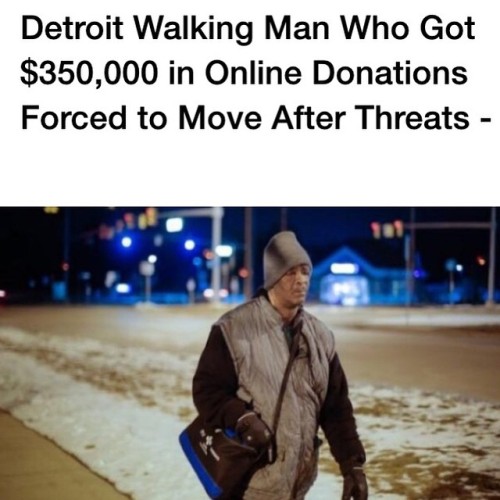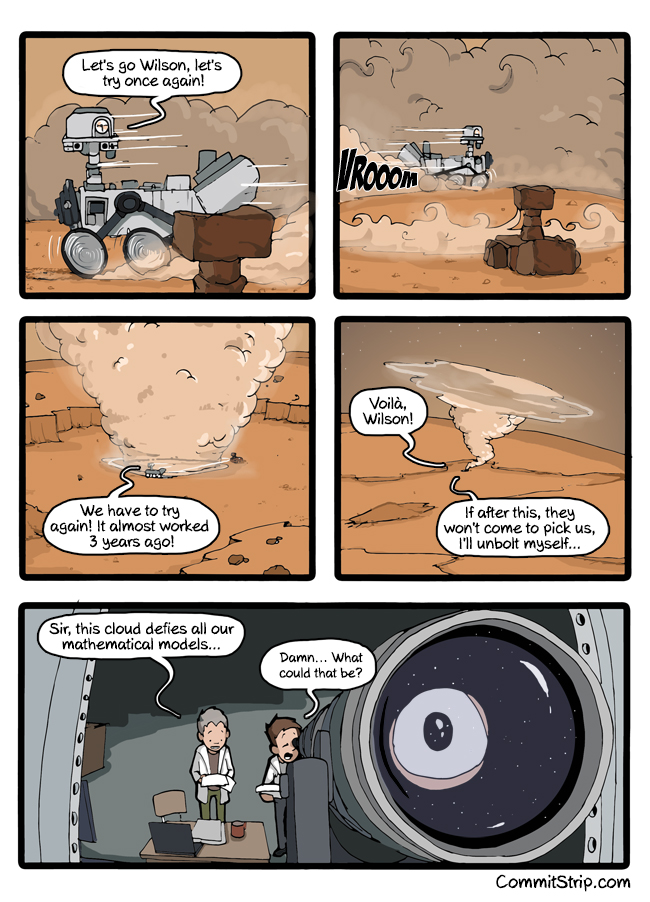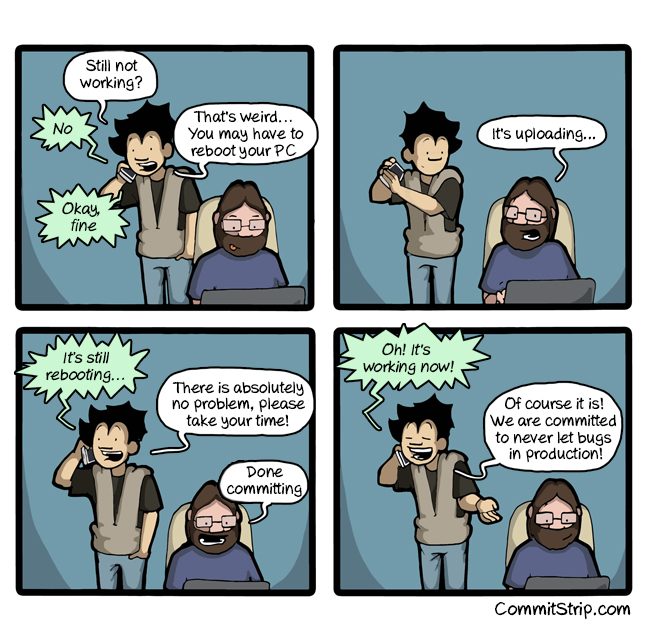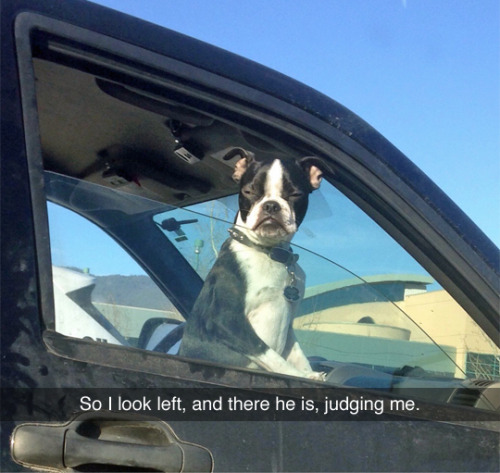
It was so much easier back in 2001, almost a generation ago, when Mayor Charlie Hales—still just a city commissioner—cast the lone vote in favor of pulling Portland out of an FBI led task force meant to take aim at terrorism. Eventually, after he left the council, other commissioners agreed and pulled the city out in 2005.
But now? He's the mayor. He's the police commissioner. And the world, he says, has changed.
Even after September 11, he says, Portland might have held onto the "parochial" notion that it could escape what he called the "radical evil in the world," another major attack aimed at traditional symbols of American might. He might have held onto that notion, too. Until the Boston Marathon was marred by homemade backpack bombs, he said, and until gunmen in Paris and Copenhagen turned on their own neighbors.
Which was why, this afternoon, Hale reversed what had been a history-making move in 2001. He cast the decisive vote in a 3-2 decision that puts Portland back in the Joint Terrorism Task Force (pdf)—considering but setting aside compellingly argued concerns over profiling and civil liberties from several Muslim groups and the American Civil Liberties Union of Oregon.
Portland had been the only major American city not to work with a JTTF. The decision means two of Portland's 900-plus cops will soon be assigned to our region'shttp://www.portlandmercury.com/portland/give-the-fbi-a-chance/Content?oid=3848913 task force full-time.
He'd been polling his staff as late as this Monday on what they would do. But even by then—after reading about the shootings in "multicultural," Portland-like Copenhagen over the weekend—he'd mostly made up his mind. He'd been leaning toward getting out. "It was always a close call." He fretted over the loss of those community ties. It was those fresh bullets that persuaded him, he says, 51 percent to 49, to vote to pull the city back in.
"I don't know how many people think Portland is in a bubble, and we're not part of that world. Maybe you could have maintained that notion after 9/11," he said in his office after the vote, invoking the symbolism of an attack on the Pentagon and World Trade Center. "But what's world dominant about the Boston Marathon? Or a Copenhagen delicatessen? Nothing. There's nothing to distinguish those places from a sidewalk in Portland."
The decision almost felt abrupt—it came with no public testimony today, per council practice for votes, after a nearly four-hour hearing two Thursdays ago. (Interestingly, if Hales had kept the council to its usual timing, with the vote coming just a week after the hearing, before Copenhagen, it might have gone the other way.)
Hales and Commissioner Steve Novick stood out as the two swing votes, undecided, with the mayor especially keeping his comments cipher-like up until today's vote. Would both join Commissioner Amanda Fritz, and keep the council out? Or would one or both side with Commissioners Dan Saltzman and Nick Fish? Hales, as mayor and the presiding officer at council meetings, normally votes last. But he cut through the drama by taking the somewhat rare step of voting first.
He said he's been "ashamed" over the conduct of the FBI over the decades and also over the American war machine. But he also said he was "appalled at the radical evil in the world today." He explained he was pulled more by the latter, and felt mollified, with regards to the former, by the prospect of adding and insisting upon some new oversight.
"We should participate," he said. "But with some very clear caveats."
That was supposed to be the case when the city, led by Sam Adams in 2011, negotiated a case-by-case reunion with the feds that everybody realized wasn't working. The feds never actually felt like the cops were engaged sufficiently. The mayor never actually got the secret clearance promised in the agreement to keep tabs on our cops' doings. And the annual reports the public was supposed to receive were infamously and unsatisfyingly skimpy.
The new arrangement does away with the annual reports. Instead, it binds the FBI's special agent in charge to meet quarterly with the mayor and police chief, with the mayor signing a non-disclosure agreement so he could learn privileged tidbits that otherwise couldn't be uttered in public.
Hales also pointedly held up his new police chief, Larry O'Dea, saying he trusted him to assign cops with the right temperament. Those cops would be subject to a sitdown with O'Dea and Hales and told that they must honor state law and city policy (both are less tolerant than the FBI when it comes to keeping files on activists and others who aren't accused of crimes) and tell them immediately when those things conflict with their FBI instructions. They'll also be told their jobs in Portland will depend on their ability to fink out the feds if it should come to that.
The mayor also said he wouldn't feel so comfortable if the FBI's Portland agent in charge wasn't Greg Bretzing, whom the mayor says he trusts, despite getting to know him "a little," to work on mending the FBI's relationship with Arab and Muslim communities.
Fritz was plainly unconvinced by all of this talk of instinct and personal currency, asking Hales what would happen if Bretzing were reassigned.
"I will want to very carefully take that personas measure," Hales said, "and see if I have the same level of confidence."
A few seconds later, when it was her turn to vote, she expressed her profound disappointment that the vote seemed lost. She mentioned her childhood near Manchester, England, and a schoolmate's brother who was killed by the Irish Republican Army. The community worked together, she said, to build trust rather than diminish it.
"We had an opportunity to create more confidence within the community," she said. "I don't believe with this action we are doing that.... Everyone's committed to public safety. The question is how do we best get there?"
Fish and Saltzman both followed with impassioned defenses of the decision to rejoin, with Saltzman—citing his faith as a Jew, and the daily "insecurity" he feels in the face of antisemitism—especially unhesitant.
Saltzman thanked the mayor for changing his mind. And he spoke what could have been a retort to Fritz and her remarks about the city's commitment to public safety. He said rejoining "fulfills the obligation each one of us has on this dais to keep Portland safe.... We're only as good as our weakest link. And Portland should not be that weak link."
Fish emailed his written remarks, excerpted below, even before the hearing ended.
As a City Commissioner, I take very seriously my duty to keep Portlanders safe. Since 2011, the world has become an even more dangerous place. We have been witness to senseless violence, both domestic and foreign. Recent terror attacks in Boston, Paris, and Copenhagen are stark reminders that freedom requires vigilance at home and abroad.
Every other major city in America, including New York and San Francisco, participates in the JTTF. As former and current police chiefs and U.S. attorneys explained to me, we are safer when local, state and federal law enforcement share information and talk to each other on a regular basis.
And when our trained Portland Police officers are at the table, they help guide investigations consistent with our values.
Novick was last to vote, leaving only the drama of whether the vote to rejoin would be 4-1 or 3-2. He laid out his thoughts over the past few weeks, saying he believes in the "good intentions" of the FBI's local team and that he was "encouraged" by the mayor's insistence on meeting with the two cops assigned to the JTTF.
He just couldn't shake what he heard from members of various Muslim groups—that working with the FBI would diminish their relationship with the Portland Police Bureau and sap something the FBI is counting on as a strength: our cops' more fine-grained knowledge of the city and its denizens. He read from a letter (pdf) signed by several prominent groups to help make that point.
"I cannot ignore the fact that the leaders of numerous organizations in the Muslim community say many Muslims do not trust the FBI and would trust the Portland police less if we joined the JTTF," he said. "I don't want to risk risk that people wouldn't tell us about threats."
Hales, after the hearing, said he and O'Dea had yet to settle which two cops they'd feel comfortable assigning. He also said he'd judge how the oversight system he'd worked up was playing out in real life.
And if problems couldn't be fixed, if he couldn't trust that the cops he chooses will have their boundaries respected, if wasn't getting the information he needed to be sure laws were being followed, "then I'll be pulling the plug."
He also, again, singled out O'Dea as someone he trusts to keep the community's backing in mind. "I have a lot of regard for his integrity."
I asked him if he'd have felt as comfortable with his last police chief, Mike Reese. (Reese, as Willamette Week mentioned briefly this morning, is among those rumored to be mulling over a run against Hales next year. He almost ran against him in 2012.)
"No," Hales said. "In a word,"
He continued after a beat "Mike Reese did a good job. But because I recruited Larry and we've had good conversations about what matters, we know each other very well."
[ Subscribe to the comments on this story ]















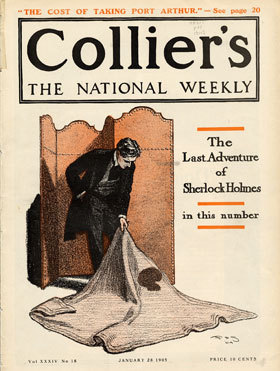

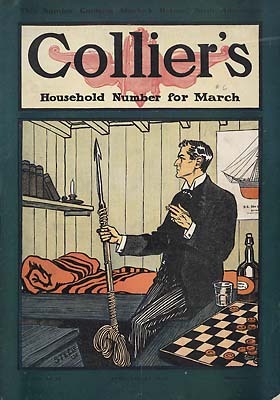

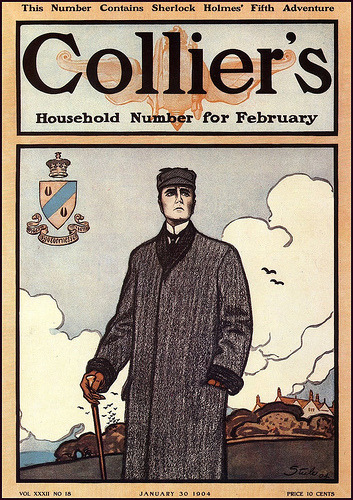
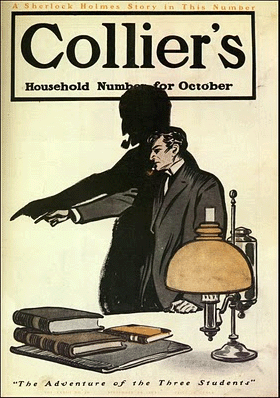
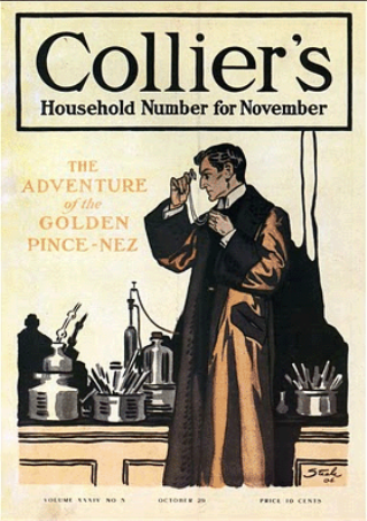





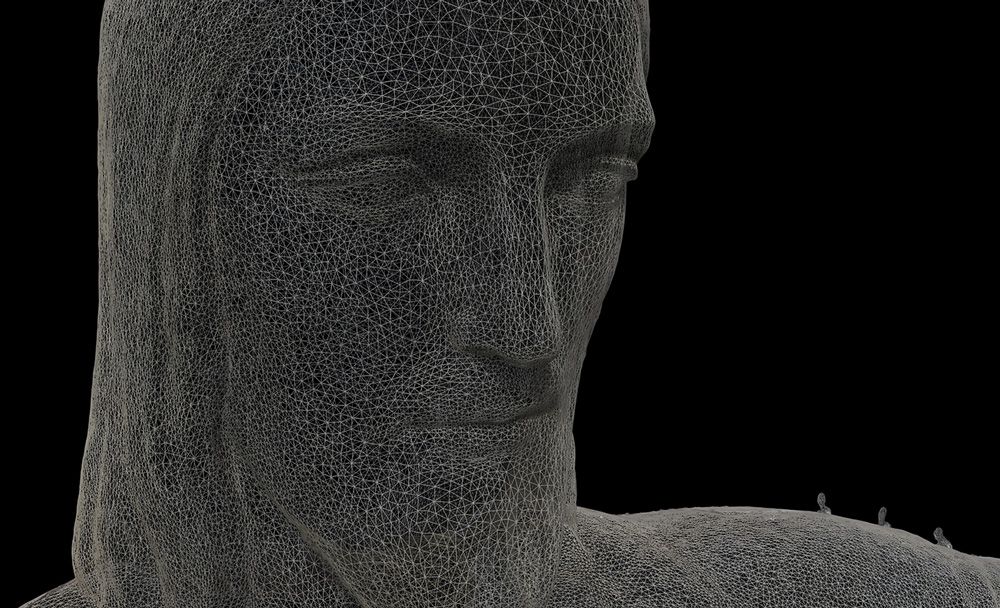


/cdn0.vox-cdn.com/uploads/chorus_asset/file/3428304/B9pqvmIIYAAO2Oo.0.png)













